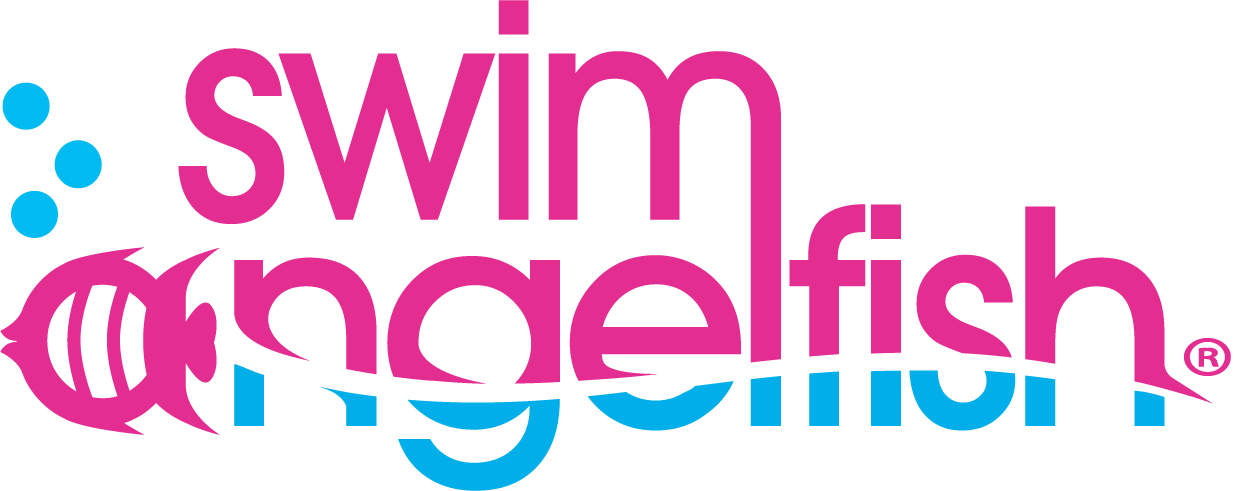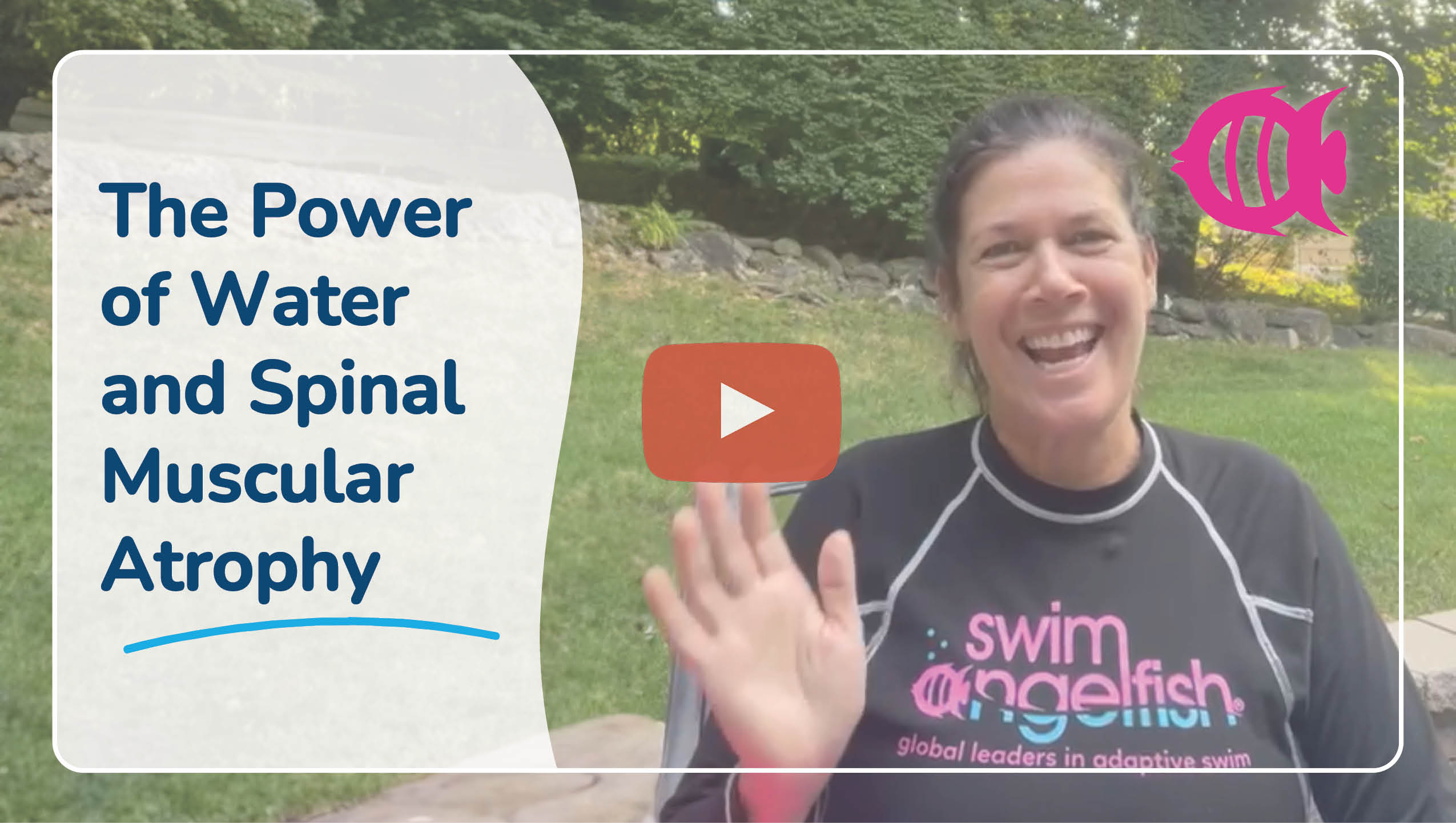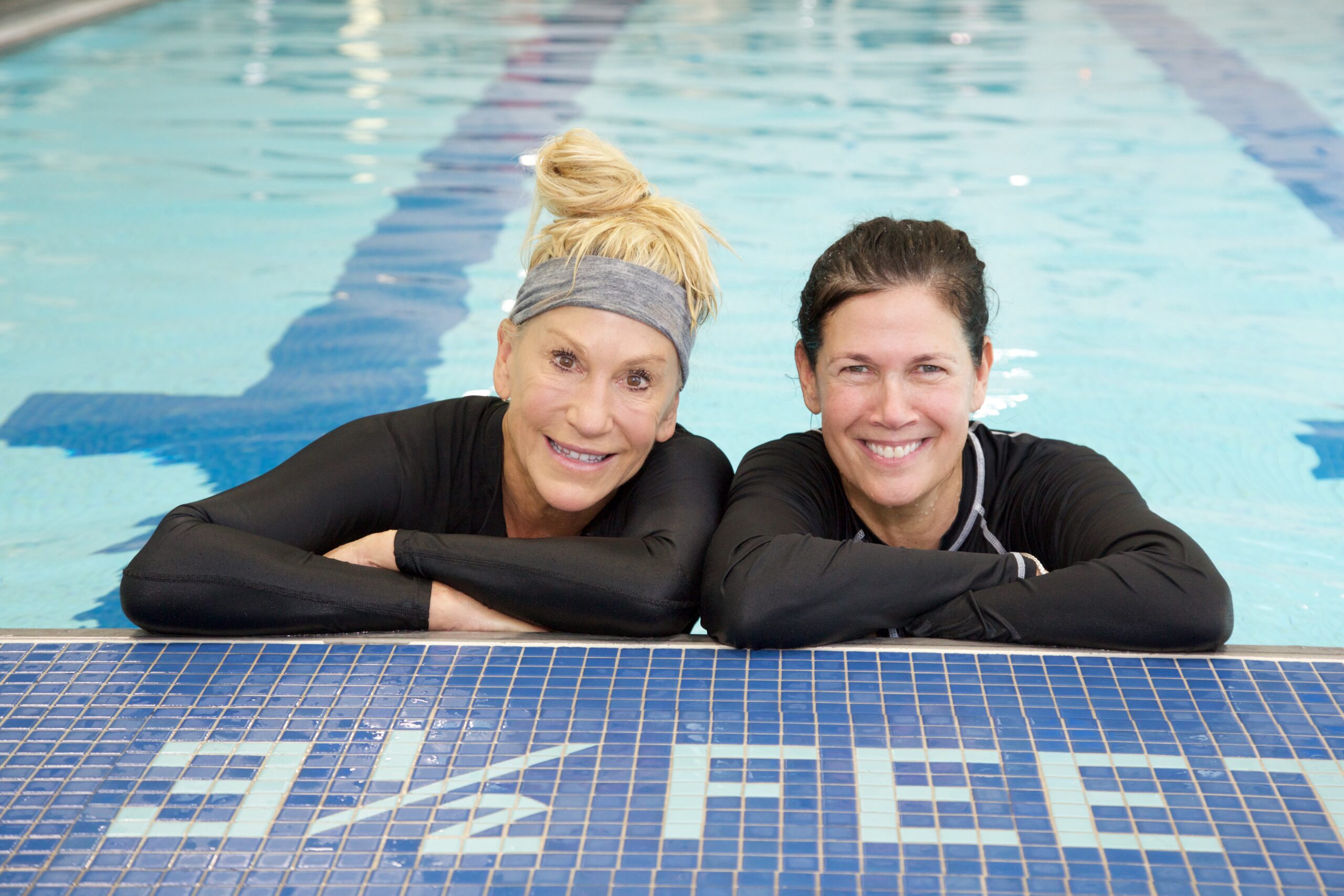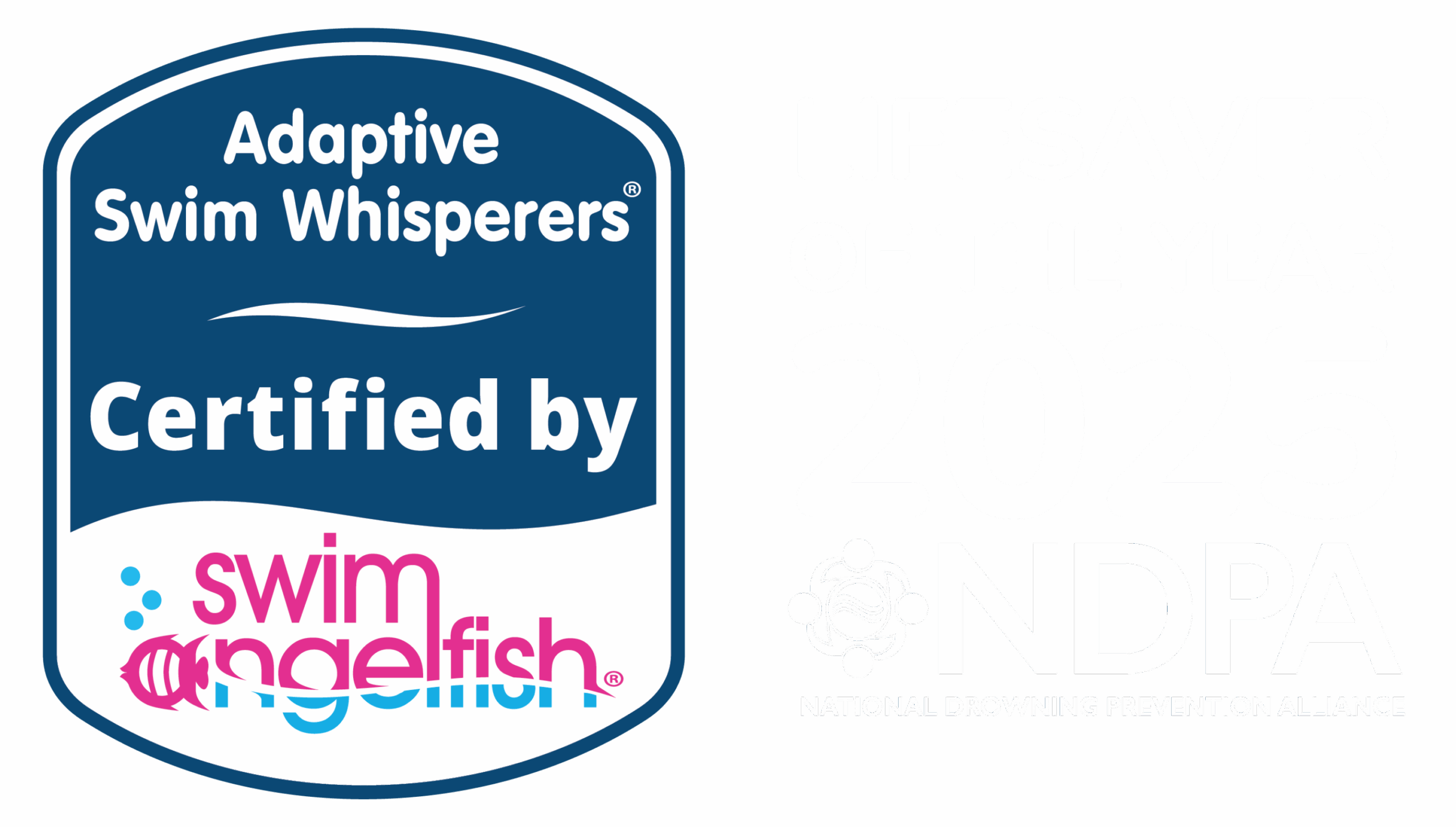Thriving With Spinal Muscular Atrophy: The Power Of Aquatic Therapy
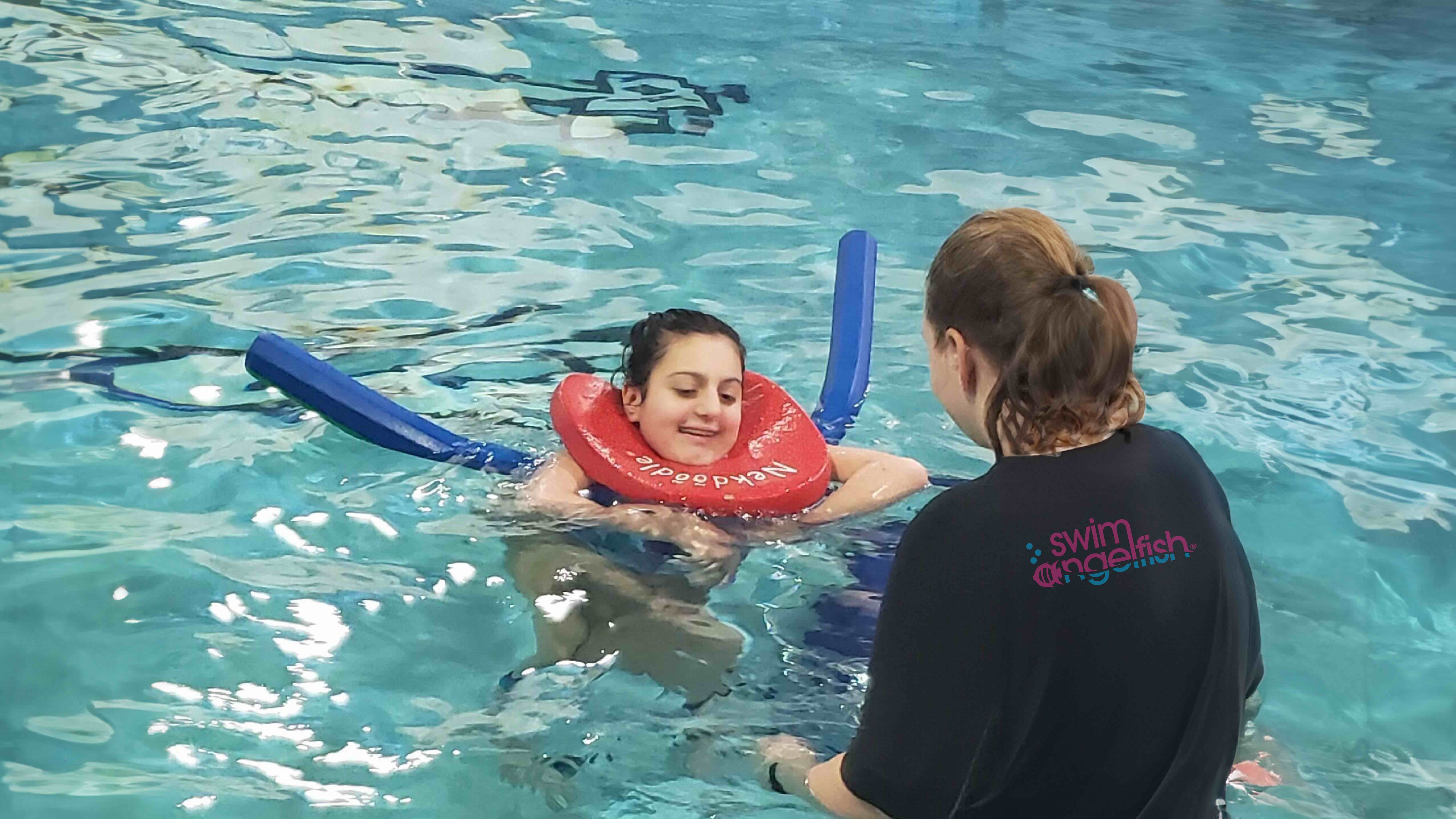
Can the weightless freedom of water open up a new world of possibilities for individuals with Spinal Muscular Atrophy (SMA)?
We explore the transformative role of aquatic therapy in managing SMA, focusing on its benefits for strength, mobility, breathing, and overall quality of life. Discover how water-based exercises and specialized equipment can empower individuals with SMA to achieve greater independence and well-being.
What is Spinal Muscular Atrophy (SMA)?
There are different types of SMA and they are classified by the age of onset and the amount of motor dysfunction that they are causing.
The SMN1 gene is usually impaired in this condition and that secretes an important protein that’s necessary for motor function and skills.
Benefits of Aquatic Therapy for SMA
The role of aquatic therapy in SMA treatment is critical in providing a unique and supportive environment for improving strength, mobility, pulmonary function and overall well-being.
The individuals we see in the water with SMA usually have low muscle tone, poor motor control in their neck and trunk and there is usually some variety of respiratory issues as well.
Aquatic Therapy enables the individual to accomplish skills too hard to perform on land, such as independent mobility and walking. The viscosity of the water slows down movement, allowing the body time to recruit the muscles needed for balance.
The main benefits we see for our clients with SMA include:
Independent Walking is Possible in the Water
Gianna is a young adult with SMA that truly enjoys the water. She independently uses her power wheelchair to navigate through her life. In the water she has no barriers and is free to move her body in a supported and safe way. She can stretch her muscles that get tight from sitting in her wheelchair, and actively strengthen her muscles for improved posture and motor control. Using equipment to help her balance her body enables her to freely move in the pool.
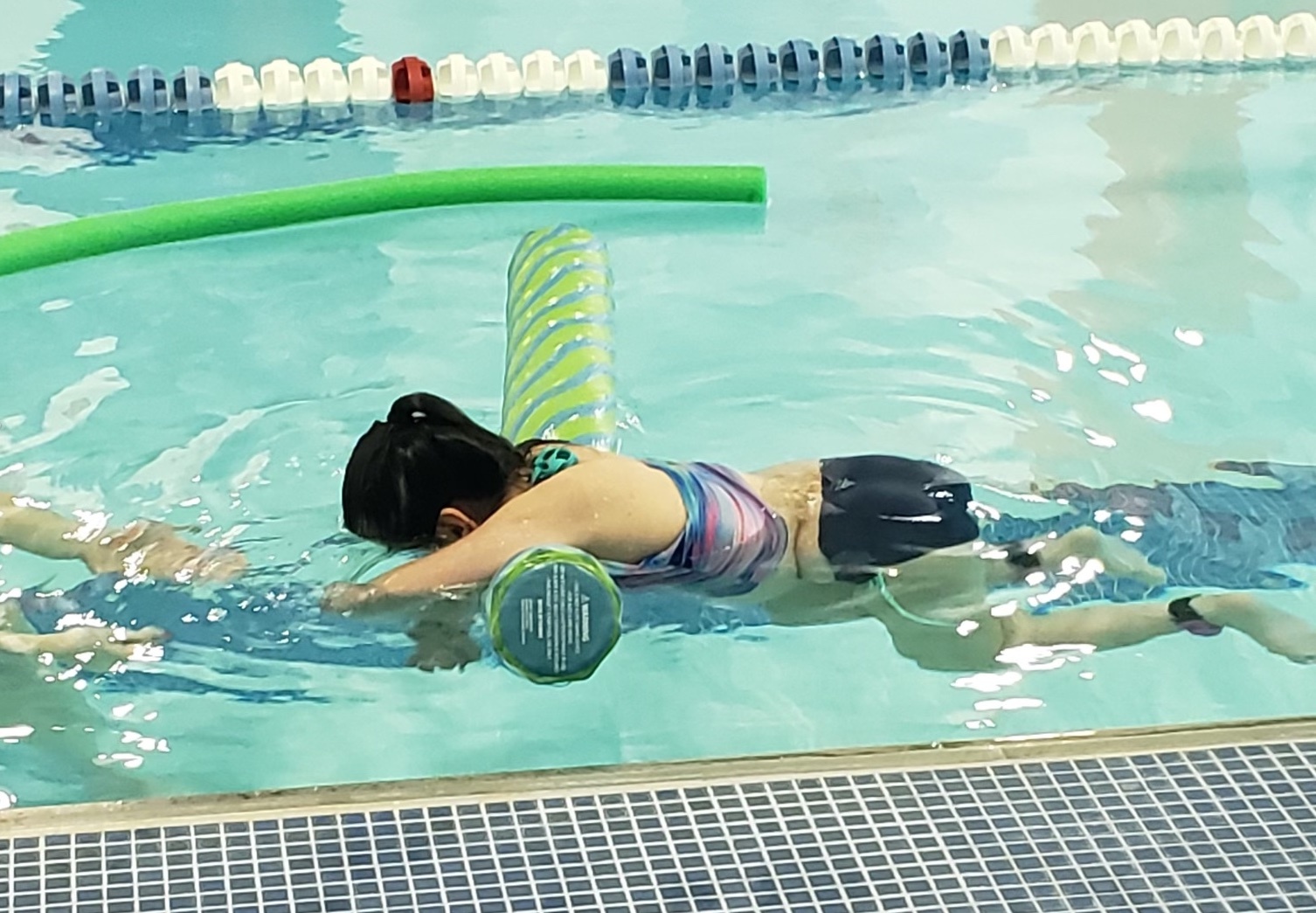
Gianna practices controlling her breath with her chest supported by the large WOW Noodle. She is working on isolated neck extension when she lifts her head up to breathe.
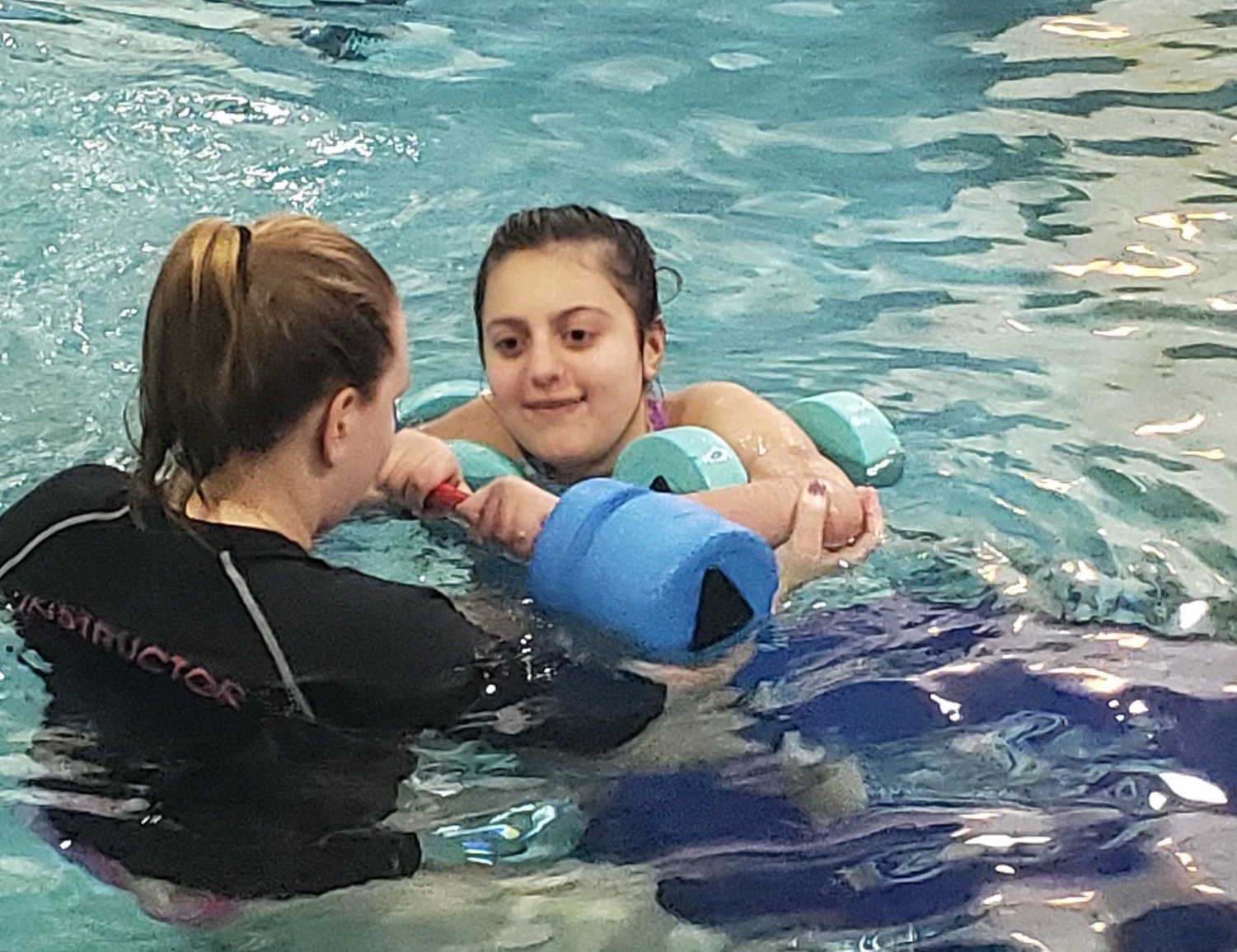
Gianna works on trunk rotation by holding a large barbell while using two small dumbbells under her arms for extra support. The dumbbells keep her in an upright position.
Watch our co-founder, Ailene Tisser, talk more about why the water and aquatic therapy techniques can benefit individuals with SMA.
Best Aquatic Therapy Equipment for SMA
There are a range of aquatic therapy exercises for individuals with SMA that you can include in your treatment sessions, to work on your client’s goals.
Consider the individual’s needs, current ability, goals and future potential whilst working on some of these areas over time, during aquatic therapy sessions:
Here are some of our favorite pieces of equipment* to use when we are working with individuals with SMA in aquatic therapy sessions:
Transforming Lives Through Water
By harnessing the therapeutic properties of the water, individuals with SMA can experience remarkable improvements in strength, mobility, and overall well-being. Aquatic therapy offers a unique and effective approach to managing the challenges of this condition, providing a pathway to greater independence and quality of life.
Our range of Aquatic Therapy Online Training Courses will provide you with new treatment ideas and continuing education (CEU’s) to help your transform your ability to help all abilities thrive.
*Every time a purchase is made for a product using one of the Amazon links, we earn a commission. Thank you for your support.
